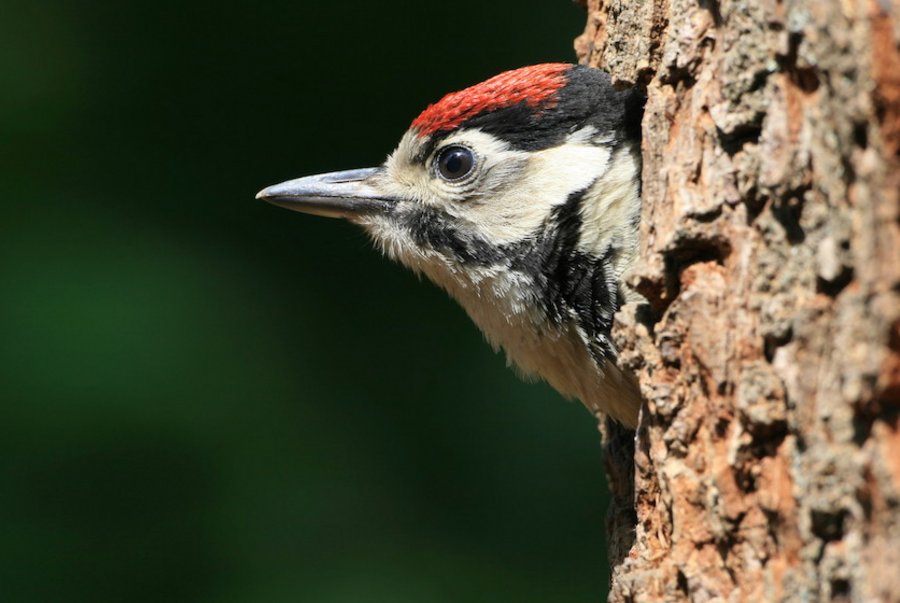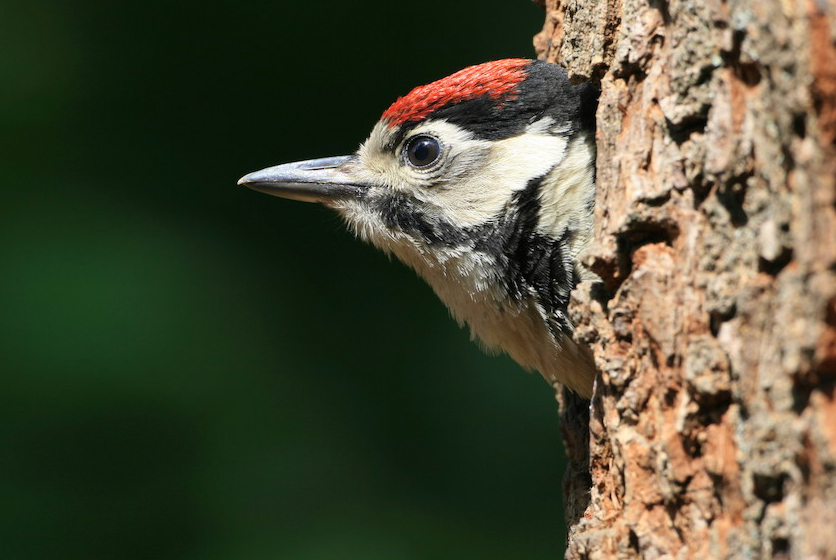These include, for example, trees with woodpecker and breeding cavities, eyrie trees, marked biotope trees as well as trees with crown deadwood and other special habitat characteristics. Some of these characteristics may have been surveyed in the same tree at once.
The National Forest Inventory found an average of nine trees per hectare possessing ecologically significant characteristics. That is 93 million trees in the entire German forest. Deciduous trees are in the majority with a share of 60%.
The National Forest Inventory recorded approximately 22 million woodpecker or hollow trees, 741,000 eyrie trees and 1 million marked biotope trees. 80% of woodpecker and hollow trees are deciduous and, with an average of 1.9 cubic metres per tree, are above average in mass. The eyrie trees, with an average mass of 1.7 cubic metres are only slightly smaller, but 54% of them are also found among conifers. Marked biotope trees exhibit a medium timber mass of 3.4 cubic metres per tree. They are genuinely thick and old trees with high value for biological diversity. Forestry integrates such trees in the productive forests. 31 million trees are recently dead. These are the many young and thin trees that do not survive the competition with their neighbour trees.

